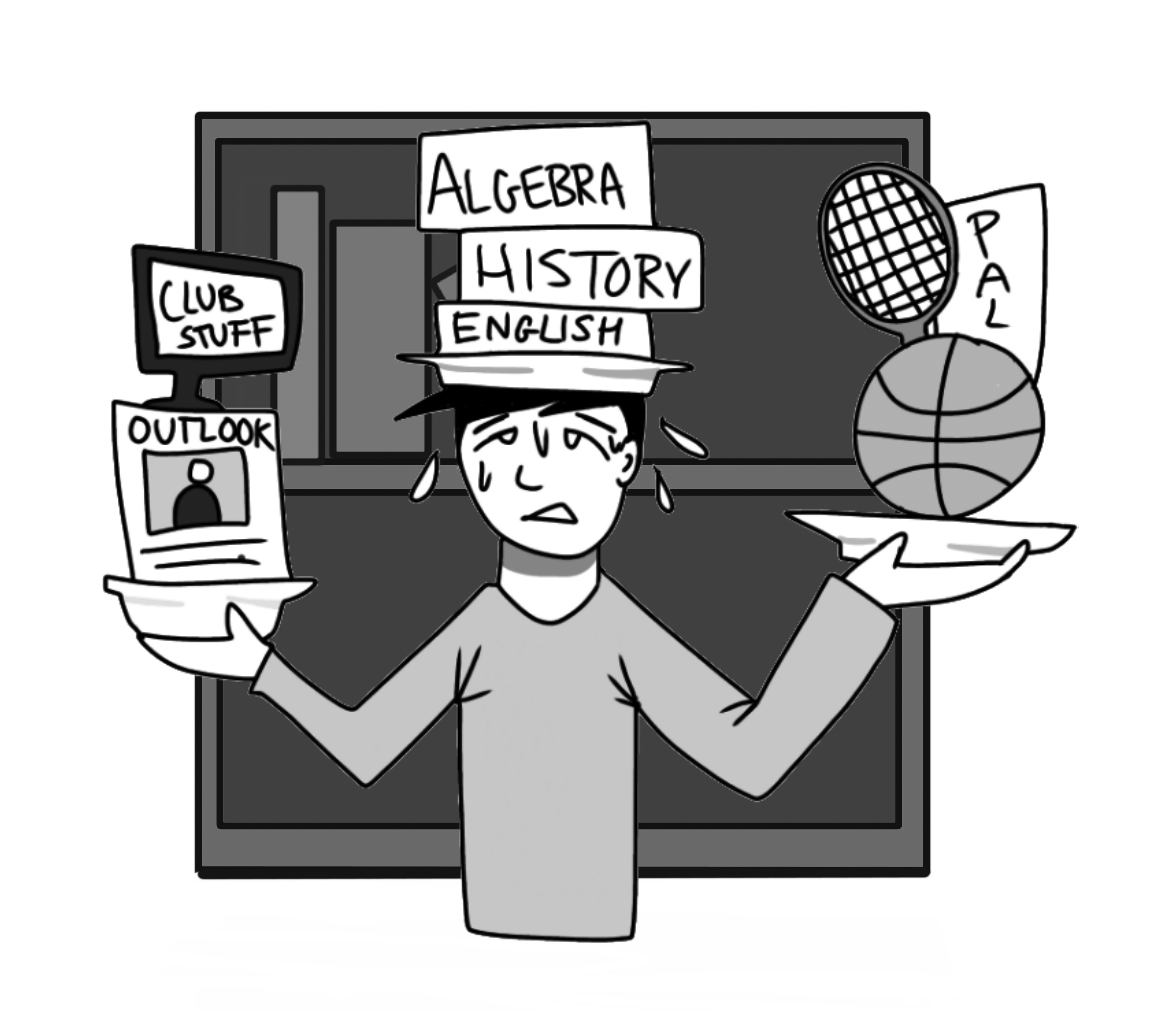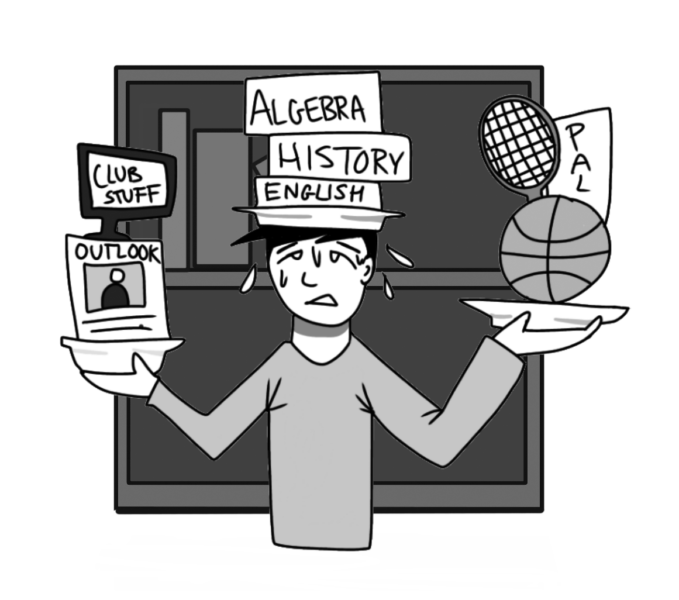

The San Mateo Union High School District has organized a homework committee in order to review the homework policy and amount of homework students currently have. The committee, formed in the fall, consists of voluntary teachers, parents, students and Deputy Superintendent Kirk Black as the director of the committee.
While homework load has been a common topic of discussion for the past few years, the committee was recently formed due to the urgency of the issue.
“Our current homework policy is based off of the California State School Board Association. This policy is a model policy and we didn’t have a policy that was tailored for our district,” said Black. “We wanted to make one that has the input of teachers, parents, students and administrators, [one] that was created by the employees of the district and [designed] more appropriately for the way we assigned homework and the expectations that we have around that.”
The committee’s main focus is to take into consideration the purpose of homework when forming policies that may be implemented in the future.
“The purpose [of homework] is not for you to go and do it right every time. It’s for you to go and struggle through it, make mistakes, come back, ask and over time, you develop that skill,” said math and AVID teacher Don Bush, who is on the committee. “The other thing was it’s not equitable. We know different students, when they go home, they have different resources … We also notice that some students will cheat … I don’t really have a good feel of whether it was honestly done. The homework should be assigned [and] done. It is valuable [and] necessary. The question is should it be graded.”
After surveying teachers, parents and students, the homework committee analyzed results in order to discuss new potential policies.
“Some of the students do not understand homework at all and criticize the time commitment … Other students in their responses say, ‘I like homework and I know it is helping me on the subject. It is my job as a student and I expect to do homework,’” Black said. “[We discovered] more students who question on homework and the amount of homework they get than there are students who accept it and welcome it.”
Adults have a varying perspective on homework, one that focuses on the students’ abilities in class and their grades.
“Parents worry that if there’s no homework, that means that you put pressure on the student because then the grade is all quizzes and tests and if a student tests poorly,” Bush said. “There are a lot of teachers that are also saying, ‘I have a lot of kids in my class who [say that] if it wasn’t for the homework grade, which is a cushion, their grades would be a lot lower.’”
The homework draft calls for a 15 percent limit of homework in the gradebook.
“If you are going to make it 25 percent or more of the grade, it becomes a weighted burden on the student. It’s a little imbalanced between how much time the student has for homework and the time they spend in school,” Black said. “[The reason being] would be a student’s well-being and a student’s stress because we do not want the student to be stressed. We want them to have time with the family, time to sleep, time to enjoy with their activities. The 15 percent falls in line with quality over quantity and student wellness so that that homework can be part of a class, but it shouldn’t be a major part of class.”
While the policy recommends teachers meet to discuss deadlines, junior Dorothy Tsai mentions the favorable, but also disadvantageous, implications of this concept.
“Needs should be assessed [by teachers] because that’s just courtesy. Not all people have the same advantages or circumstances,” Tsai said. “They can meet to discuss deadlines, but they don’t have to ensure [homework is] on separate dates. Kids have to learn how to manage their time earlier rather than later.”
Some students share the same values of homework committee’s emphasis on quality over quantity in students’ work and efforts.
“A big part of homework is how students receive and what they think of the homework. In order for homework to do what is accomplished, what it was designed to accomplish, it’s really important for students to be aware of what homework’s purpose is,” said senior Avichal Goel. “It’s there to reinforce learning and help them grow, rather than just as an extra burden that teachers are placing on them or just stuff they have to go through.”
Advanced Placement courses were not included in the homework policy discussion.
“AP classes were not even considered in this conversation,” Bush said, “because everybody understands if you’re taking an AP, you are expecting to do a lot more homework and you’re expected to do a lot more work outside the classroom.”
On the other hand, students feel that the work from advanced courses should be analyzed by teachers.
“A lot of students take a significant amount of AP and honors courses, and AP and honors courses usually have significantly more homework,” said senior Meiling Thompson.
However, these policies are only recommendations, and requires community discussion before implementation.
“This policy engages teachers in a conversation,” said AVID and history teacher Cristina Trujillo. “[For example,] the AVID department [would] sit down and say, ‘Here’s what the policy says … Are we breaking any of the guidelines or doing anything that they have not asked us to do and should we addressed that?’”
